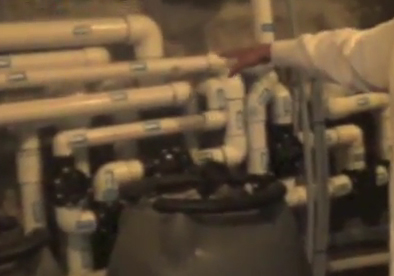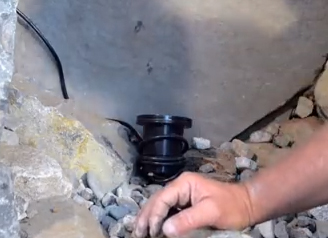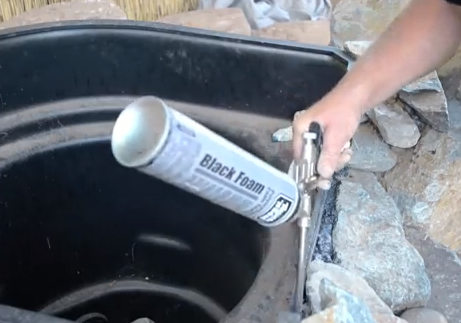ARTICLES
Advance Search
Aquatic Health
Aquatic Health, Fitness & Safety
Around the Internet
Aquatic Culture
Aquatic Technology
Artful Endeavors
Celebrity Corner
Life Aquatic
Must-See Watershapes
People with Cameras
Watershapes in the Headlines
Art/Architectural History
Book & Media Reviews
Commentaries, Interviews & Profiles
Concrete Science
Environment
Fountains
Geotechnical
Join the Dialogue
Landscape, Plants, Hardscape & Decks
Lighter Side
Ripples
Test Your Knowledge
The Aquatic Quiz
Other Waterfeatures (from birdbaths to lakes)
Outdoor Living, Fire Features, Amenities & Lighting
Plants
Ponds, Streams & Waterfalls
Pools & Spas
Professional Watershaping
Structures (Editor's Notes)
Travelogues & History
Water Chemistry
WaterShapes TV
WaterShapes World Blog
Web Links
Around the Internet
Aquatic Culture
Aquatic Technology
Artful Endeavors
Celebrity Corner
Life Aquatic
Must-See Watershapes
People with Cameras
Watershapes in the Headlines
Compiled and written by Lenny Giteck Two New Brouhahas About Proper Swimming Attire in Public Pools
For the most part, the equipment sets that power pool and spa systems are placed outdoors in spaces near their watershapes. Maybe that's behind a gate along the side of the house, or behind some shrubs or a wall in a corner of the yard. Wherever they go, these equipment clusters should be positioned so that the noise made by various motors and pumps isn't so pronounced that it
It's been a number of years since I've managed to visit Chicago, but I want to get back sometime soon. After all, I have yet to see the Crown Fountain in person (let alone the rest of Millennium Park), and I haven't visited the Chicago Botanic Garden in more than 30 years! The last time I was in the Windy City with any time to spare, it was 2002 and I was attending
When WaterShapes first appeared in February 1999, those of us behind the magazine had some definite hopes about how things would play out in our declared marketplace. [ ] First was the hope that there really was an emergent
Of all the messages I've tried to convey in this video series and its introductory texts, one of the crucial ones is my observation that the people who buy and own ponds will spend lots of time enjoying their watershapes after it gets dark. The only way to make that happen, of course, is to include an effective in-pond lighting system to make the watershape's best features
Aussie Marathon Swimmer Sets Swim Spa Endurance Record
This edition of WaterShapes EXTRA carries a link to one of my all-time favorite WaterShapes articles: "Living Art" by Philip di Giacomo and Mark Holden. I remember how pleased Eric Herman was to land this particular story for our October 2004 issue. He'd been after di Giacomo periodically for years, and we both looked on Phil's willingness to develop an article as
As the process of installing this beautiful little pond moves toward its conclusion, we find as always that we have lots of smallish details to consider - including the important task of creating a great look with the waterfall's spillway. This step may not take the strength or persistence or grand vision of some of the project phases covered to date in this video series, but I can assure you it takes both care and finesse - especially
Of all the points that are hard to get across when working with clients on a pool design, the one highlighted in this video can be among the hardest: You can paint word pictures until you turn blue; you can show countless photos; you can even take your clients on tours of completed projects and try to show them what you mean: If they have their hearts set on a colored interior finish (that is, pretty much anything beyond plain
$175K for Video About Swimming Habits of Fish in Northern Rockies




















